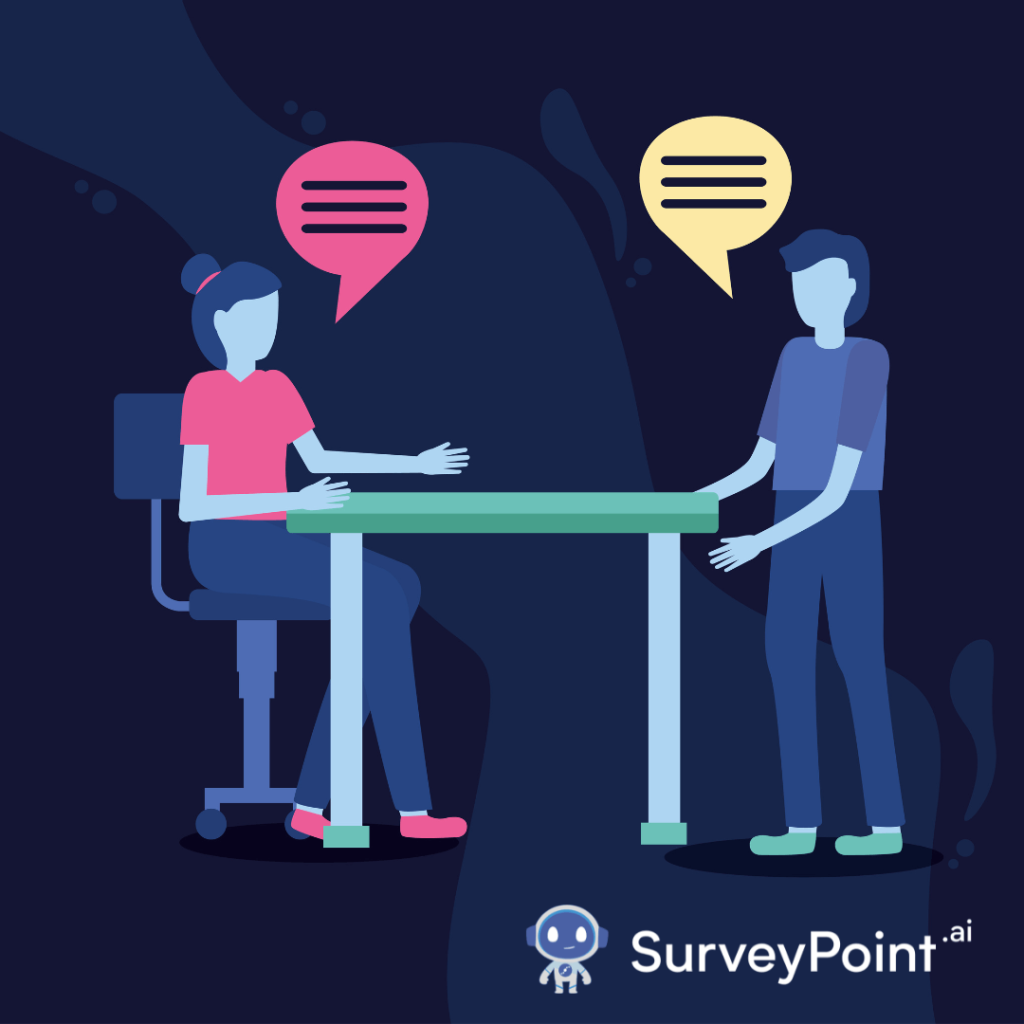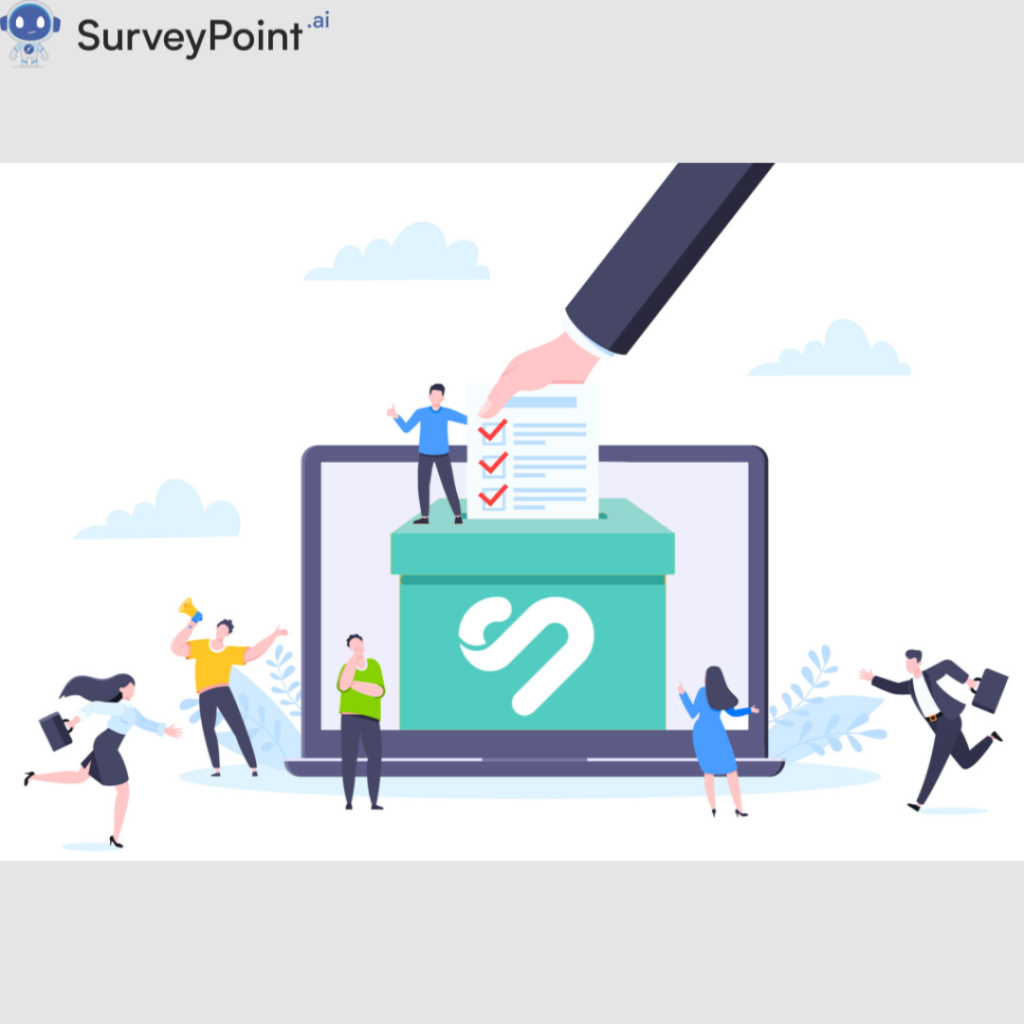
In today’s data-driven landscape, businesses are continuously seeking effective ways to understand consumer behavior and preferences. Whether launching a new product, evaluating customer satisfaction, or gauging brand perception, having the right insights is crucial for informed decision-making. Among the various research methodologies available, focus groups and surveys stand out as two prominent options. Each method has unique strengths and weaknesses, making it essential for organizations to choose the right approach based on their specific goals.
This blog will explore the intricacies of focus groups and surveys, examining their definitions, advantages, disadvantages, and when to use each method to gain the most valuable insights.
Understanding Focus Groups
Focus groups are structured discussions involving a small group of participants, typically led by a facilitator. The aim is to explore participants’ thoughts, feelings, and attitudes toward a specific topic, product, or service. Usually consisting of 6 to 12 individuals who share common characteristics relevant to the research question, these sessions typically last from one to two hours and are often recorded for later analysis.
The primary purpose of a focus group is to gather qualitative insights that provide a deeper understanding of participants’ motivations and behaviors. They are particularly effective for exploring new product concepts, brand perceptions, or marketing strategies. For example, a company considering launching a new snack may conduct a focus group to understand consumer preferences regarding flavors, packaging, and branding.
Advantages of Focus Groups
Focus groups offer several advantages that make them a valuable research method:
- In-Depth Insights: Focus groups provide rich qualitative data, allowing researchers to delve deeper into participants’ thoughts and feelings.
- Interactive Feedback: The dynamic nature of group discussions fosters debate and dialogue, leading to new ideas and perspectives.
- Real-Time Reactions: Facilitators can ask follow-up questions and clarify responses on the spot, capturing insights immediately.
- Non-Verbal Cues: Observing body language and emotional reactions provides additional context to the verbal feedback.
- Creative Idea Generation: Focus groups encourage brainstorming, resulting in innovative suggestions and collaborative thinking.
Disadvantages of Focus Groups
Despite their benefits, focus groups come with certain limitations:
- Small Sample Size: The findings may not be generalizable, as they reflect the views of a limited number of participants.
- Facilitator Bias: The influence of the facilitator can unintentionally steer discussions, potentially skewing results.
- Logistical Challenges: Organizing focus groups can be time-consuming and costly, especially in scheduling participants and managing group dynamics.
- Analysis Complexity: Qualitative data can be more challenging to analyze compared to quantitative data, requiring careful interpretation.
Exploring Surveys
Surveys are a widely-used research method that involves collecting quantitative data from a larger audience through structured questionnaires. They can be administered in various formats, including online, telephone, or face-to-face, making them versatile and accessible. Surveys often include multiple-choice questions, Likert scales, and open-ended questions, allowing researchers to gather a wide range of data.
The primary objective of surveys is to collect measurable information that can be statistically analyzed. For instance, a retail company may use a survey to assess customer satisfaction levels, asking respondents to rate their experiences on a scale from 1 to 10.
Advantages of Surveys
Surveys also offer numerous benefits, including:
- Large Sample Sizes: Surveys can reach a broader audience, leading to more statistically significant results.
- Cost-Effectiveness: They are often less expensive to conduct, especially when utilizing online tools.
- Quantifiable Data: Surveys provide measurable data that can be easily analyzed and visualized.
- Anonymity: Participants can respond anonymously, encouraging honest feedback and increasing the reliability of data.
- Standardization: The structured format minimizes bias, ensuring comparability of responses across participants.
Disadvantages of Surveys
While surveys have their strengths, they also have limitations:
- Lack of Depth: Surveys may miss nuanced insights and the reasons behind participants’ choices and opinions.
- Question Misinterpretation: Respondents may misunderstand questions or provide responses based on assumptions rather than actual experiences.
- Low Response Rates: Obtaining sufficient responses can be challenging, particularly if participants do not see the value in the survey.
- Limited Flexibility: Surveys lack the adaptability of focus groups to explore unexpected topics or follow interesting threads of conversation.
Choosing Between Focus Groups and Surveys
When deciding between focus groups and surveys, it’s essential to consider your research objectives and the type of information you need. Focus groups are best suited for exploratory research, where the goal is to gain insights into consumer motivations and attitudes. They are ideal for situations where you want to dive deep into a particular topic and uncover the nuances of participants’ thoughts.
Conversely, surveys are more effective for confirming hypotheses and gathering large amounts of data. If your goal is to measure customer satisfaction or assess market trends, surveys can provide you with the quantitative data necessary for statistical analysis.
In some cases, employing both methods can be beneficial. For instance, a company might start with focus groups to generate hypotheses and then use surveys to test these hypotheses on a larger scale. This combined approach can provide a well-rounded understanding of consumer perceptions and preferences.
Conclusion
In conclusion, both focus groups and surveys are invaluable tools in market research, each with its unique strengths and limitations. Focus groups excel at providing in-depth qualitative insights, while surveys offer broad quantitative data. By understanding the differences between these methods, businesses can make informed decisions about which approach to use based on their specific research goals.
Ultimately, the choice between focus groups and surveys should align with the organization’s objectives, budget, and the type of insights they seek. By carefully considering these factors, businesses can harness the power of these research methodologies to better understand their customers and make data-driven decisions that enhance their strategies and improve their offerings.




